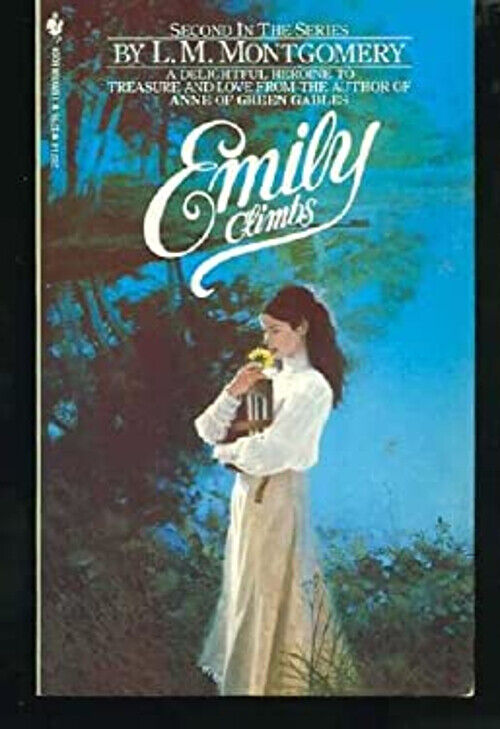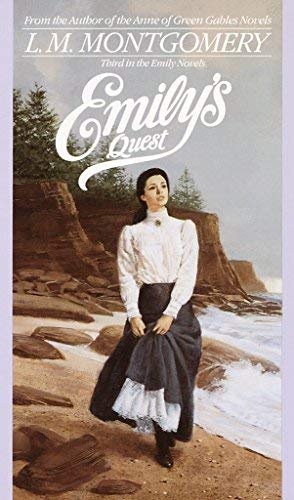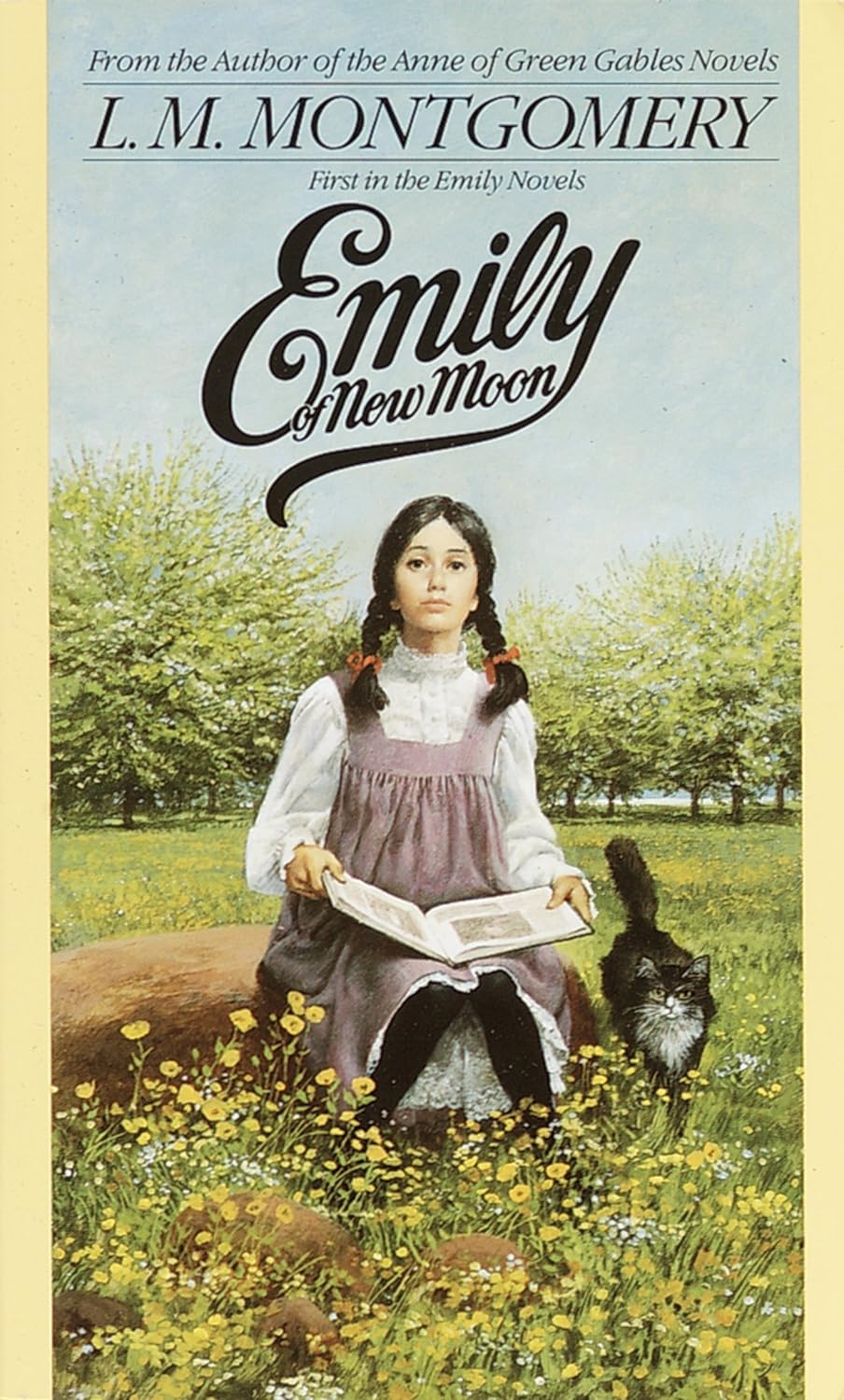| |
| |
Anne of Green Gables |
versus |
Emily of New Moon |
Each by
L. M. Montgomery |
| |
The series Anne of Green Gables has been astonishingly
popular, but the shorter series of three books about Emily
of New Moon, is better in every way:
Many of her books, including the Emily series,
are available in multiple formats at:
[
https://gutenberg.net.au/plusfifty-a-m.html#montgomery ]
or click on the title below.
|
| |
Emily of New Moon,
by Lucy M. Montgomery |
|---|
| The New York Times published an article comparing
the series Anne of Green Gables, with the lesser-known Emily
of New Moon series of three books, also by L. M. Montgomery: |
L.M. Montgomery's oft-forgotten novel, which turns 100 this year, is more timely than ever. By Elisabeth Egan, Nov. 15, 2023.
See Article
"Emily is a scrappier, more complex character than Anne,
with a wicked temper and a refreshing candor."
"Emily of New Moon" was my grandmother's favorite book because it's
autobiographical," Kate Macdonald Butler said.
"There's a lot of her in that story."
|
|
Emily Climbs
by Lucy M. Montgomery
Bantum Books, 1925, 325 pages

| |
Emily's Quest
by Lucy M. Montgomery
Seal Edition, 1927, 228 pages

|
|
Note 1:
I was initially annoyed in the first book where Emily writes to her
father but has no dictionary, and spells many words incorrectly.
That only lasts through the first part of the first book.
Later I changed my mind; Montgomery is honestly presenting the writing,
complete with mistakes. The three Emily books are not ideal for inexperienced
writers, so there should be no harm.
In her novel Jane at Lantern Hill, Mongomery again has her main character
misspelling words in a letter. In particular, Chapter 21 has the word "ambishus".
Note 2: In Emily's Quest, Chapter XXII, Part II, third paragraph, the printed copy has:
" 'A very tiresome book'—'a very delightful book'—'very undistinguished fiction' and 'on every page the work of the finished artist is apparent'—'a book of cheap and weak romanticism' and 'a classic quality in the book'—'a unique story of a rare order of literary workmanship' and 'a silly, worthless, colourless and desultory story'—'an ephemeral sort of affair' and 'a book destined to live.' What is one to believe?"
The same paragraph in the online HTML version is missing the first quotemark in " 'a book destined to live.' "
Given that one typographical error, which I noticed in glancing through the copy, how many other errors could one expect?
In Chapter XXV, the HTML copy left off the section header VII, and I noticed another missing quote mark. This HTML copy is not to be trusted.
|


